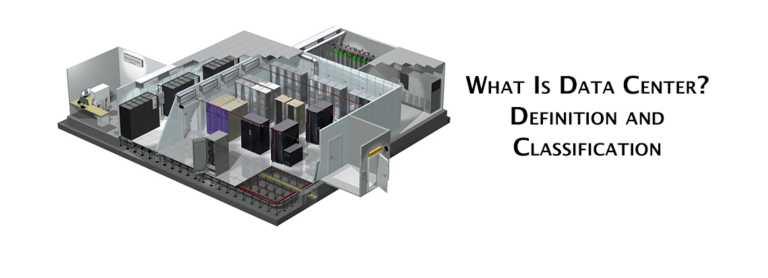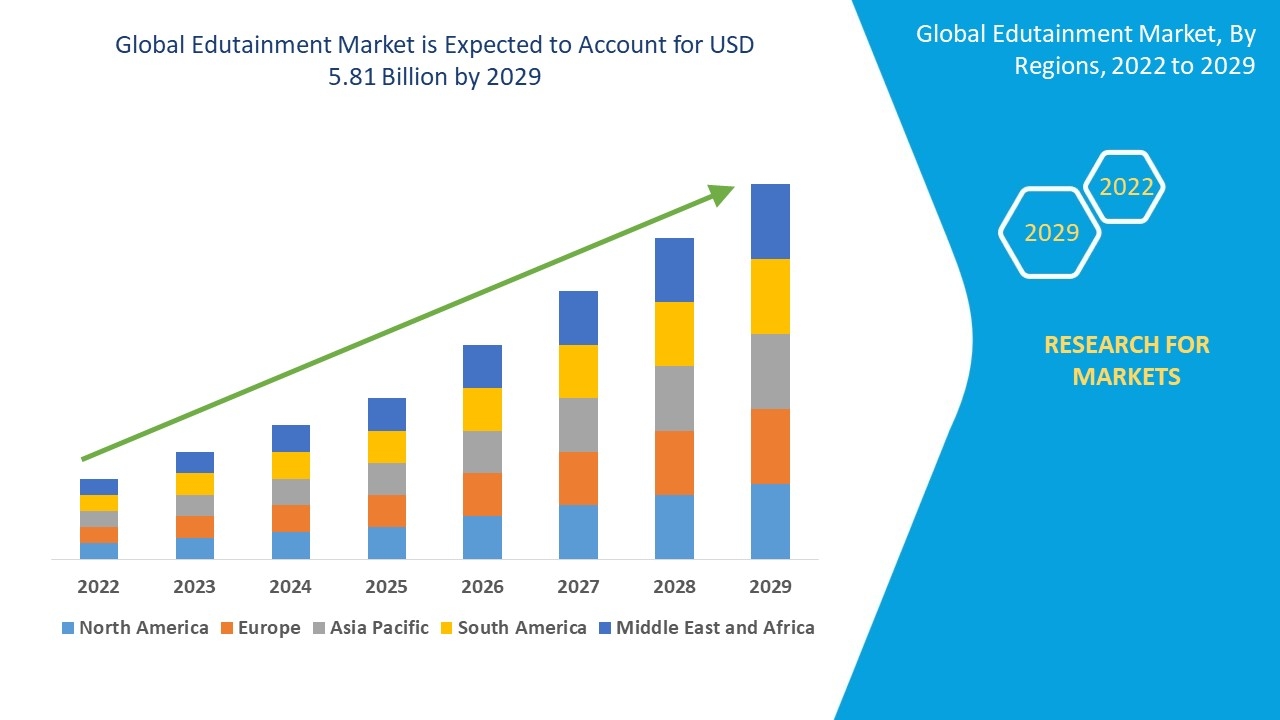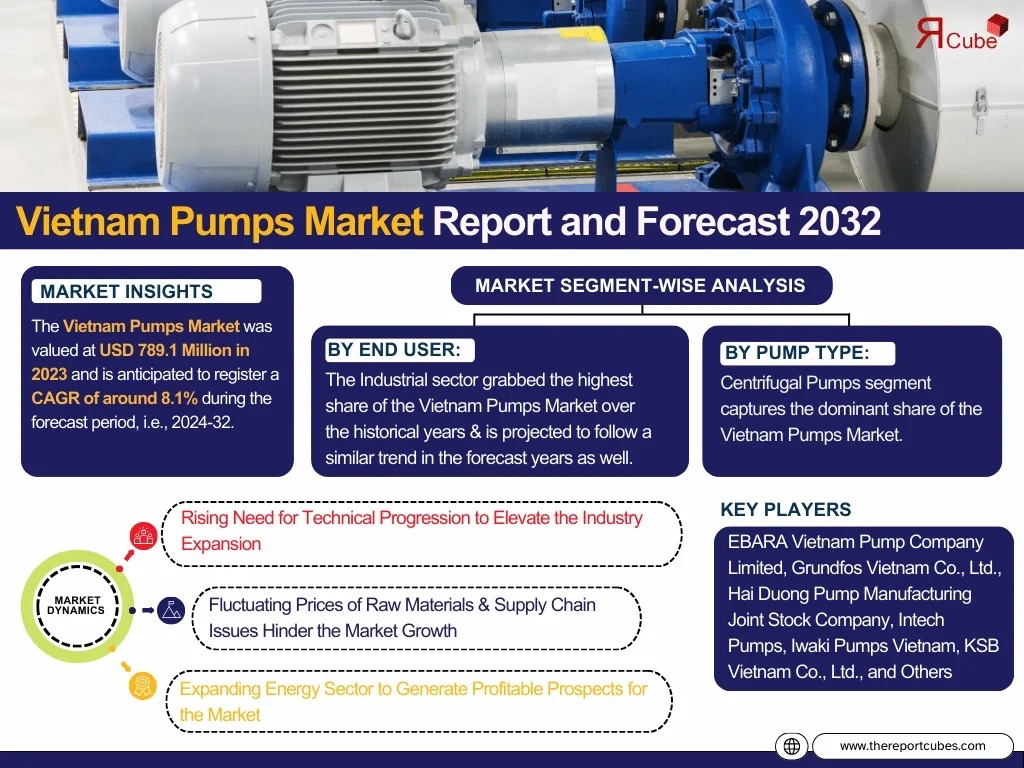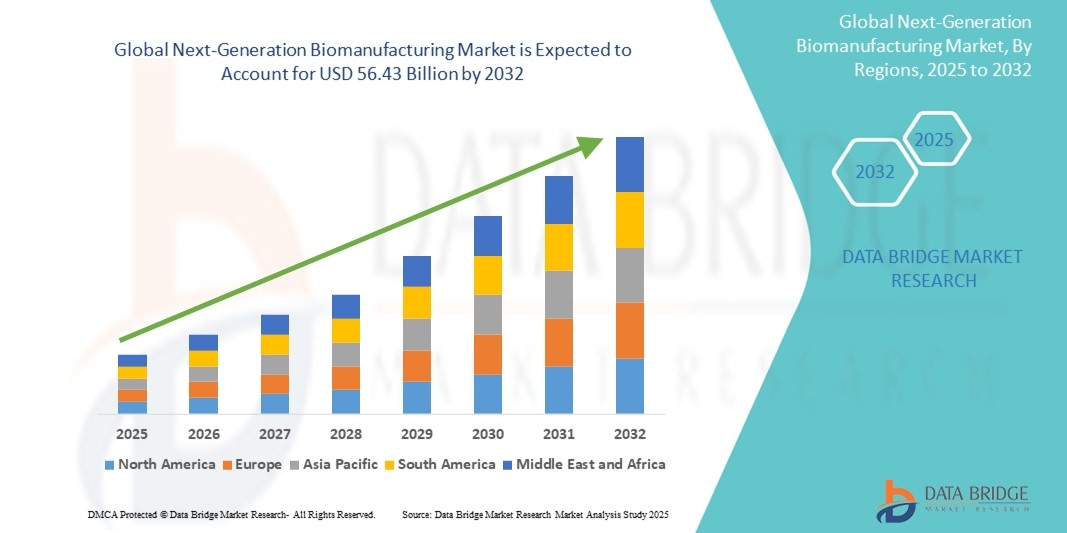Future-Proofing Data Center Strategies

As the data center industry in the United States has grown from a niche part of the real estate market into a major and highly visible class of industrial infrastructure, it has attracted a new and increasing level of scrutiny from local, state, and federal regulators. Navigating this complex and evolving regulatory landscape has become a critical challenge and a key factor shaping the Data Center Market Share. For many years, data center development was a relatively straightforward process. However, the immense scale of modern hyperscale data center campuses has brought with it a host of new environmental and community concerns. This has led to a much more challenging and often contentious permitting and approval process in many key markets. The regulatory issues are multifaceted, encompassing everything from land use and zoning to environmental impact concerns around water usage (for cooling), air quality (from backup diesel generators), and noise pollution. The ability to successfully navigate this regulatory maze has become a core competency for data center developers and a key determinant of where and how quickly new capacity can be brought to market.
Key Players
The key players in this regulatory arena are a diverse group of public and private stakeholders. The first and most important are the local government bodies, particularly the county boards of supervisors and planning commissions in the major data center hubs like Loudoun County, Virginia. These local officials are the ultimate gatekeepers, as they control the land use and zoning approvals that are required for any new data center development. They are key players because they must balance the immense economic benefits of data center development (a massive tax base) with the concerns of their local residents. The second group of key players are the data center developers themselves, who have had to build sophisticated government relations and community outreach teams to manage the approval process. A third, and increasingly influential, group are the local community and environmental advocacy groups. These organizations are playing a much more active role in challenging new data center projects, raising concerns about their environmental impact and their consumption of local resources like power and water. The fourth group are the state and federal environmental agencies, such as the EPA, which set the standards for things like air quality and water usage that the data centers must comply with.
Future in "Data Center Market Share"
The future of the regulatory landscape for data centers in the United States will be a story of increasing stringency and a greater focus on community and environmental impact. The future will likely see more local governments placing moratoriums on new data center development or implementing much stricter zoning and design standards, particularly in the most mature markets that are already saturated with facilities. This will be a major factor in driving the geographic diversification of the industry to new, more welcoming regions. A second major future trend will be a much greater focus on environmental regulations. We can expect to see stricter rules around the water consumption of data center cooling systems and the emissions from backup diesel generators. The future will also see a greater push for more transparent reporting on a data center's energy and water usage. This will force the industry to continue to innovate on more sustainable designs, a trend that is also very strong in Europe. The era of the data center being an invisible and unregulated piece of infrastructure is over; the future is one of much greater public and regulatory oversight.
Key Points "Data Center Market Share"
This analysis highlights several crucial points about the regulatory landscape for the US data center market. The industry is facing a new era of increased regulatory scrutiny and community opposition, particularly in the largest markets. The key players in this landscape are a mix of local government bodies, the developers themselves, and a growing number of community and environmental advocacy groups. The future will be characterized by stricter zoning, tougher environmental regulations, and a greater demand for transparency. Successfully navigating this complex and evolving regulatory maze has become a critical success factor and a major source of risk for every company looking to build and expand their data center footprint in the United States. The Data Center Market Share is projected to grow to USD 150.11 Billion by 2035, exhibiting a CAGR of 7.82% during the forecast period 2025-2035.
Top Trending Reports -







